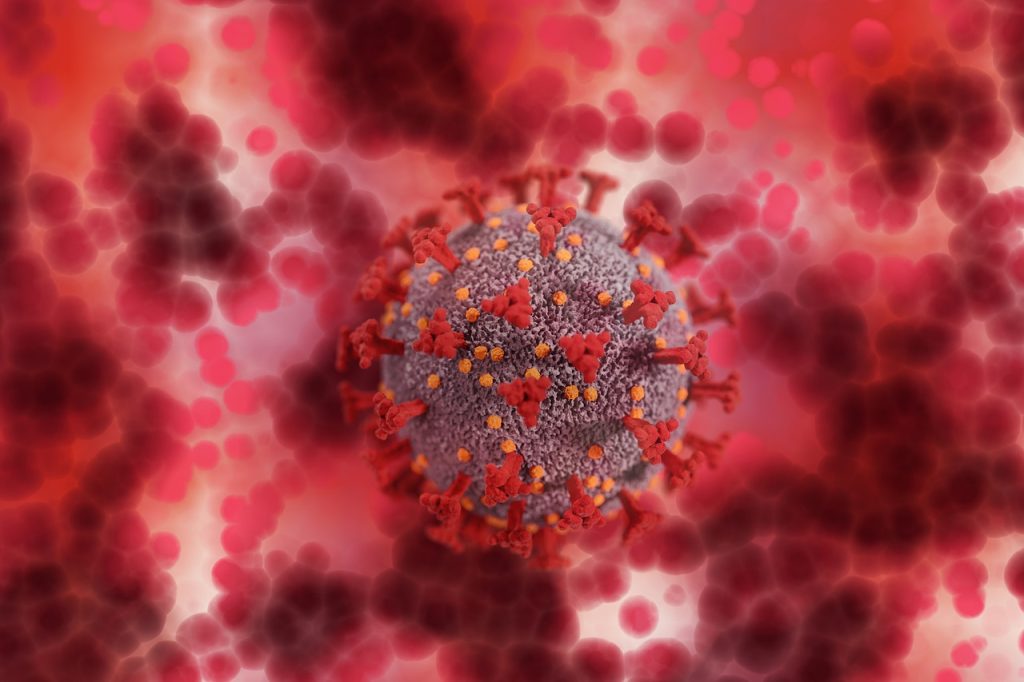No One Type of Emollient is Best for Children with AD

A trial has directly comparing emollients found that no one type of emollient is better than another when it comes to atopic dermatitis (AD) in children. The results from the study are published in The Lancet Child & Adolescent Health and British Journal of General Practice.
Emollients are recommended for the one in five children with AD. Lack of research in this area means guidelines vary widely in what is recommended, which leads to confusion and waste.
In the study, 550 children with AD aged under 12 years were randomised to use one of four types of emollient (lotion, cream, gel or ointment) as their main emollient for 16 weeks. Parents completed diaries about their child’s AD for a year, and some were interviewed to gain an in-depth understanding of how they used the emollients and what they thought of them. All children also had an independent examination of their skin.
Used alongside other AD treatments, there was no difference in effectiveness of the four types of emollient used in the study. Skin reactions such as itching or redness were common with all emollienttypes. Awareness of the different types of emollient was low, and users had different preferences based on how the emollients look and feel. For example, some people liked how lotions quickly soaked in whereas others preferred the “barrier” provided by ointments.
Professor Matthew Ridd, a GP and study lead from Centre for Academic Primary Care at the University of Bristol, said: “A study of this type has been long overdue. It has not been in the interest of the manufacturers to directly compare types of moisturiser in the way we have done in this trial. Our findings challenge conventions about how often moisturisers need to be applied, which types are less likely to cause problems and which patients should be recommended certain types. For example, ointments are often suggested for more severe eczema, yet they were found to be no better.”
Professor Hywel Williams, consultant dermatologist and co-researcher at the University of Nottingham, explained: “Along with anti-inflammatory treatments such as topical corticosteroids, emollients are a really key part of treatment for childhood eczema, preventing flares and helping to soothe the skin and improving the quality of life for children and their carers.
“Our study shows that one size does not fit all, and points to the need for doctors to make parents aware of the different emollient types and to help them choose which one is mostly likely to work for them. At last we have evidence that supports the saying, ‘The best moisturisers are the ones the patient will use.’”
Further work is needed to determine if these findings apply to adolescents and adults with AD, and people with other dry skin conditions.
Source: EurekAlert!




